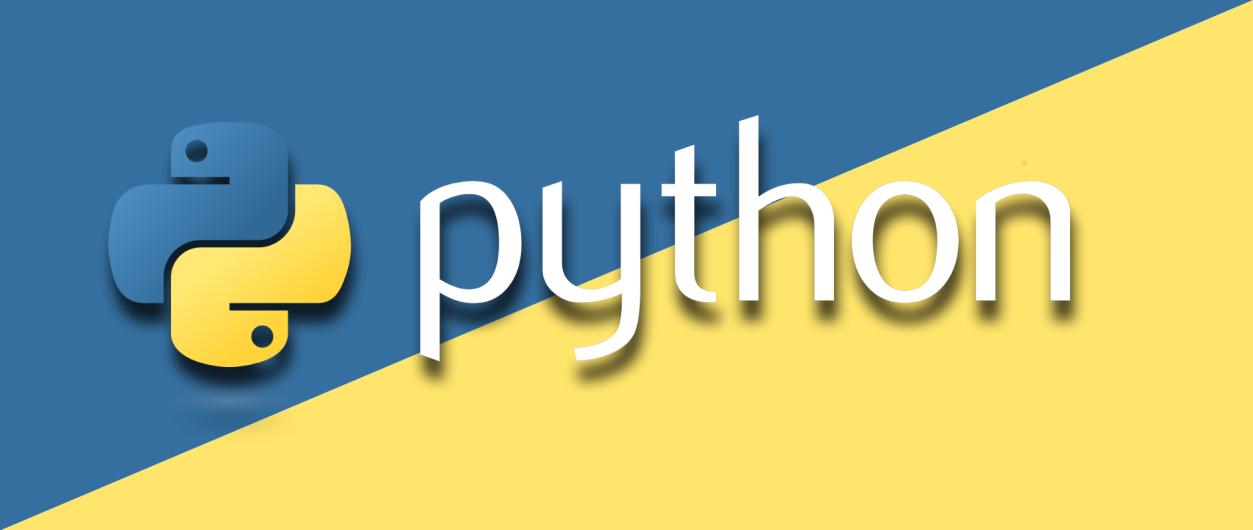What Are the Benefits of Using Command-Line Python?
Python is a versatile programming language that can be used for a wide range of tasks, from data analysis to web development. While Python can be used with a graphical user interface (GUI), it can also be used from the command line. This can provide a number of benefits, including increased efficiency, enhanced productivity, greater flexibility, and improved learning and debugging.

Benefits Of Using Command-Line Python
Increased Efficiency
One of the biggest benefits of using command-line Python is its increased efficiency. This is because the command line provides a direct interface to the Python interpreter, which eliminates the overhead of a GUI. As a result, command-line Python can be used to automate repetitive tasks, execute complex commands faster, and batch process files more efficiently.
- Automation of repetitive tasks: Command-line Python can be used to automate repetitive tasks, such as data cleaning, file processing, and software installation. This can save a significant amount of time and effort, especially when working with large datasets or complex projects.
- Faster execution of complex commands: Command-line Python can be used to execute complex commands much faster than a GUI-based Python environment. This is because the command line provides a direct interface to the Python interpreter, which eliminates the overhead of a GUI.
- Batch processing of files: Command-line Python can be used to batch process files, which can be useful for tasks such as data analysis, image processing, and software testing. This can save a significant amount of time and effort, especially when working with large numbers of files.
Enhanced Productivity
Command-line Python can also enhance productivity in a number of ways. This is because the command line provides a streamlined workflow, reduces development time, and improves code maintainability.
- Streamlined workflow: The command line provides a streamlined workflow for Python development. This is because the command line allows you to work directly with the Python interpreter, without the need for a GUI. As a result, you can quickly and easily write, edit, and execute Python code.
- Reduced development time: Command-line Python can help to reduce development time by providing a number of features that can speed up the development process. For example, the command line provides a number of built-in commands that can be used to automate common tasks, such as creating and editing files, running Python scripts, and debugging code.
- Improved code maintainability: Command-line Python can also help to improve code maintainability. This is because the command line provides a number of features that can make it easier to read, understand, and modify Python code. For example, the command line provides a number of built-in commands that can be used to format code, check for errors, and generate documentation.
Greater Flexibility
Command-line Python also offers greater flexibility than a GUI-based Python environment. This is because the command line is cross-platform compatible, can be integrated with other tools and applications, and allows for the customization of the command-line environment.
- Cross-platform compatibility: Command-line Python is cross-platform compatible, which means that it can be used on any operating system that supports Python. This makes it an ideal choice for developers who work on multiple platforms or who need to share their code with others who use different operating systems.
- Integration with other tools and applications: Command-line Python can be integrated with a wide range of other tools and applications. This makes it possible to use Python to automate tasks that are performed by other applications, such as data analysis, web development, and system administration.
- Customization of the command-line environment: The command-line environment can be customized to meet the needs of individual developers. This includes the ability to change the appearance of the command line, add new commands, and create aliases for frequently used commands.
Improved Learning and Debugging

Finally, command-line Python can also help to improve learning and debugging. This is because the command line provides a deeper understanding of Python syntax and semantics, makes it easier to identify and resolve errors, and enhances problem-solving skills.
- Deeper understanding of Python syntax and semantics: The command line provides a deeper understanding of Python syntax and semantics. This is because the command line forces you to interact with Python directly, without the help of a GUI. As a result, you will learn more about how Python works and how to use it effectively.
- Easier identification and resolution of errors: The command line makes it easier to identify and resolve errors. This is because the command line provides a number of features that can help you to track down errors, such as error messages, stack traces, and debugging tools.
- Enhanced problem-solving skills: Command-line Python can also help to enhance problem-solving skills. This is because the command line forces you to think creatively and come up with solutions to problems on your own. As a result, you will become a better problem-solver and be able to tackle more complex problems.
There are a number of benefits to using command-line Python. These benefits include increased efficiency, enhanced productivity, greater flexibility, and improved learning and debugging. As a result, command-line Python is a valuable tool for Python developers of all levels.
If you are interested in learning more about command-line Python, there are a number of resources available online. You can find tutorials, documentation, and other resources that can help you get started with command-line Python.
YesNo

Leave a Reply